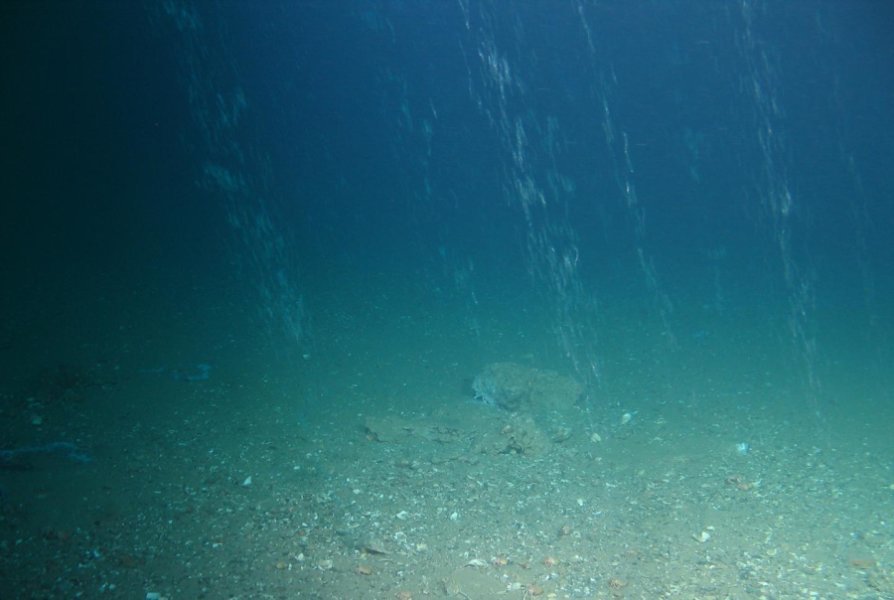
Sizeable quantities of methane gas is escaping from below the North Sea floor every day as a result of anthropogenic activity, according to new research.
Indeed, the thousands of wells drilled in the North Sea could constitute a “significantly more important source of methane, a strong greenhouse gas, than previously thought,” warn scientists at GEOMAR Helmholtz Centre for Ocean Research Kiel and the University of Basel.
They have published new data in the international journal Environmental Science & Technology, indicating that gas migration along the outside of wells could be a much bigger problem than previously assumed.
According to the team’s calculations shallow gas migration along wells may release around 3,000 to 17,000 tonnes of methane from the North Sea seafloor per year and is considered to be a “significant contribution to the so-called North Sea methane budget”.
The scientists claim this type of leakage is currently neither considered by operators nor regulators, but could be just as important as fugitive emissions through damaged wells, which are usually recognised and quickly repaired.
“We estimate that gas leakage around boreholes could constitute one of the main sources of methane in the North Sea,” says Dr. Lisa Vielstädte from GEOMAR, who is lead author of the study.
The German-Swiss team conducted a survey of Central North Sea fields in 2012 and 2013.
They encountered a number of methane seeps around abandoned wells, a well-recognised phenomenon within the wider oil & gas industry.
The gas originates from shallow gas pockets buried less than 1,000m below the seabed.
Such pockets are commonly encountered during exploration and appraisal drilling into potentially valuable, much deeper oil & gas targets. They are the source of kicks during drilling operations and can apparently disturb sediments in the vicinity, thus enabling the gas to rise to the seafloor.
Analysis of seismic data further shows that about one third of the wells penetrated shallow gas pockets and may thus leak methane.
“Considering the more than 11,000 wells that have been drilled in the North Sea, this results in a fairly large amount of potential methane sources,” says Vielstadte, who is currently based at Stanford University in the US.
In the deep ocean, methane is usually degraded by microbes and never reaches the surface, thereby locally acidifying the seawater.
In the North Sea, about half of the wells are located in such shallow water depths that the methane leaking from the seabed can reach the atmosphere, where it acts as a potent greenhouse gas — much worse than carbon dioxide, which is the current primary focus of climate change attention.
Dr. Matthias Haeckel from GEOMAR, who initiated the study, warns too: “Natural gas, thus methane, is often praised as the fossil fuel that is most suitable for the transition from coal burning towards regenerative energies.
“However, if drilling for gas leads to such high atmospheric methane emissions, we have to rethink the greenhouse gas budget of natural gas.
In order to better quantify the human impact on the methane budget of the North Sea, Kiel’s research vessel Poseidon will investigate further gas seeps in the vicinity of North Sea oil & gas wells next month.
Recommended for you
